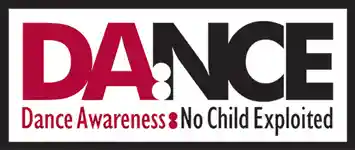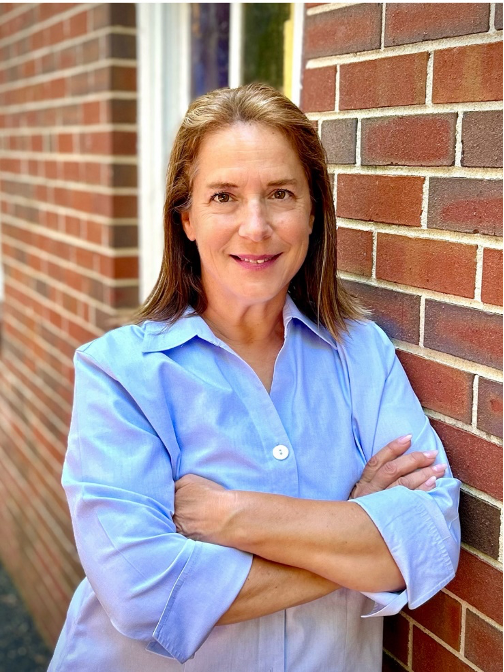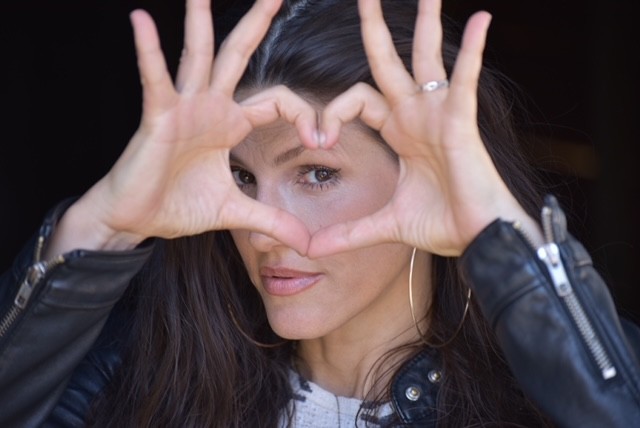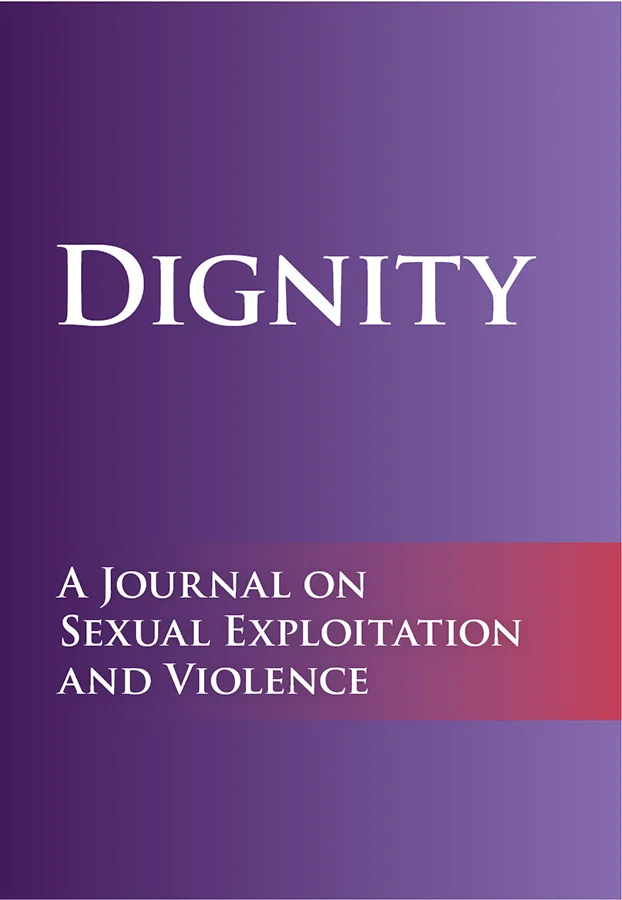Dance has long been a physical, mental and spiritual means for children to develop a healthy lifestyle through performing arts. However, we have seen a steady increase in the hypersexualization of children’s dance performances. Choices for music, choreography and instruction typically advance with the skill set of the dancers. To protect our young dancers from inappropriate sexualization, the accountability will need to be in place for the adults preparing dance routines that are age appropriate. Societal appreciation for healthy dancing is still prevalent and must be protected. Our job as educators and parents of underage students is to continue to promote what is best for our dancers. We must be diligent in the prevention of the sexualization of dancers. Students have the right to feel confident that they may express themselves openly if they feel discomfort about any dancing, connection to music, movement, costuming or people.
The internet has become a prevalent means for predators to obtain images and videos of dancers to be used in the most hypersexualized ways. We can be vigilant in our processes to contribute to our children’s healthy dance routines by being cognizant when music and choreography is being chosen for routines. Age appropriateness must be checked with multiple segments of the dance community prior to instructional commitment to ensure it can be executed and viewed in a healthy manner. Age-appropriate costumes and makeup, and scenery can also promote healthy environments that flatter the dancers’ talents and performances. It would be beneficial to promote the performances as a means to celebrate hardworking growth among dancers and their families only. The use of private folders, channels, codes and permissions predetermined as a place for uploads of performances can help protect dancers. Participants can be instructed that these are the only places to share or view performances and only with those closest to the community of the dancers that are performing.
There is never too much discussion with our children about protecting themselves. There is never too much conversation with adults about the ever-changing landscape of dance from healthy to unhealthy engagement. There is a very thin line that we as educators and parents need to stand with our toes upon to protect our dance students. It is important to stand strong together to be sure our dancers receive the benefits of healthy dancing that they so deserve.
Bio: Denise Hazlett joined Rescuing Hope as Project Manager in 2024. She holds an Ed.S in Instructional Technology, certified in leadership and coaching. Working for Rescuing Hope is her newest educational career following thirty years as a public-school teacher and trainer of teachers. Currently, she is building the Hope Academy, an online learning management system to educate, enlighten and empower those in the fight against sexual exploitation. Denise lives in the Atlanta area. Her daughter was an avid childhood dancer, now pursuing her doctorate in research to protect food sources. She also has a son entering a career in law enforcement, dedicated to servicing their community.
Enlighten, Educate, Empower
https://www.rescuinghope.com/learn/
Book: Rescuing Hope by Susan Norris, founder of Rescuing Hope
https://www.rescuinghope.com/book/



